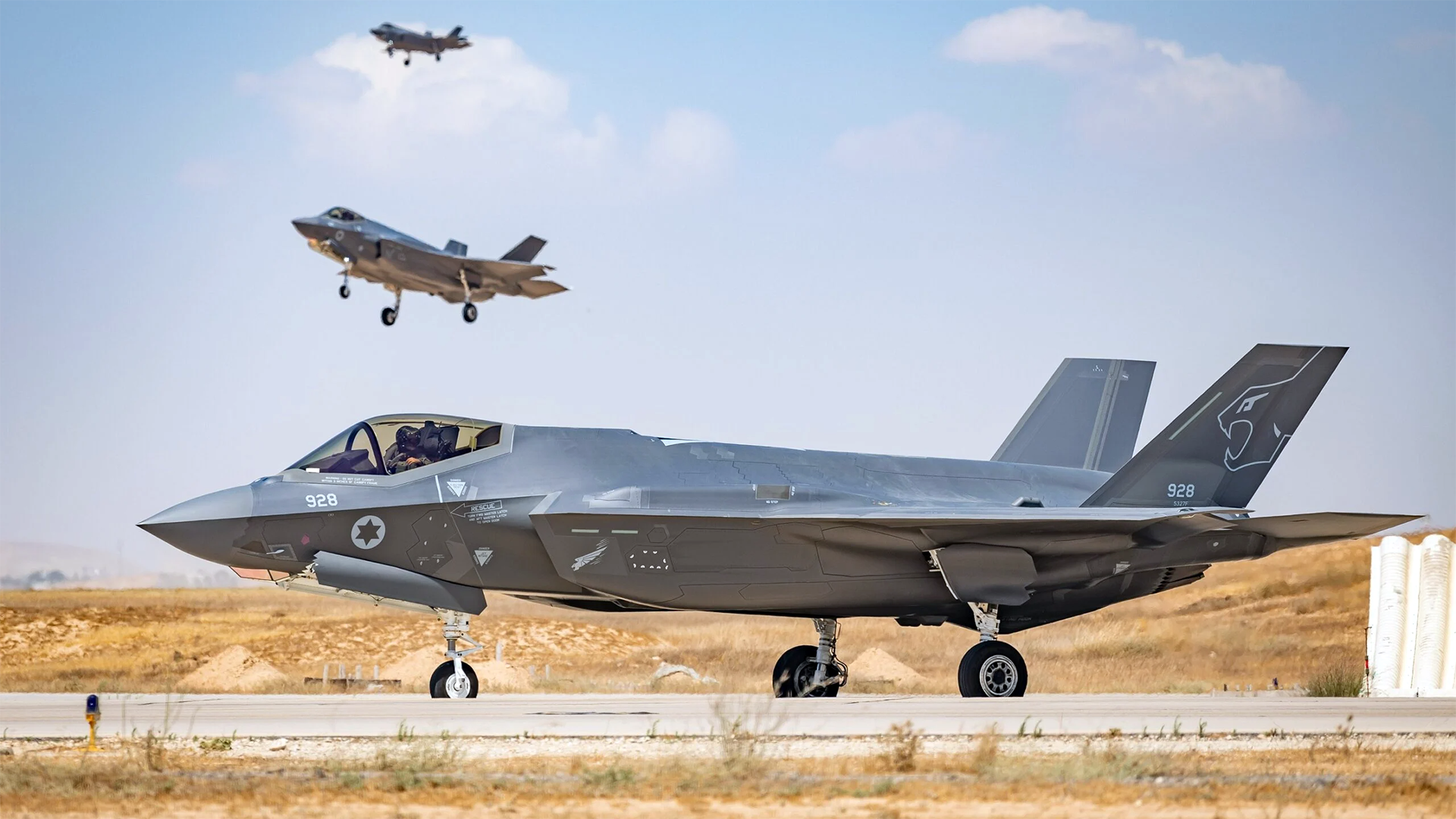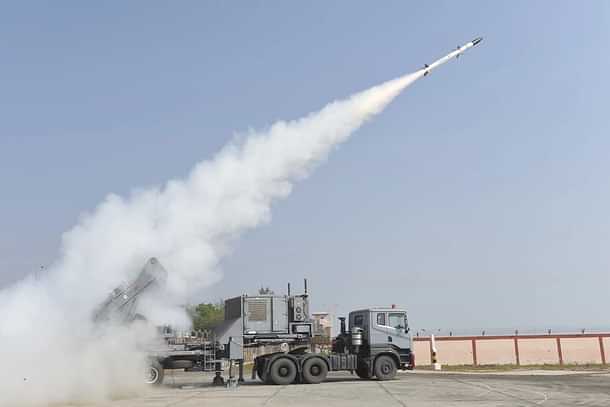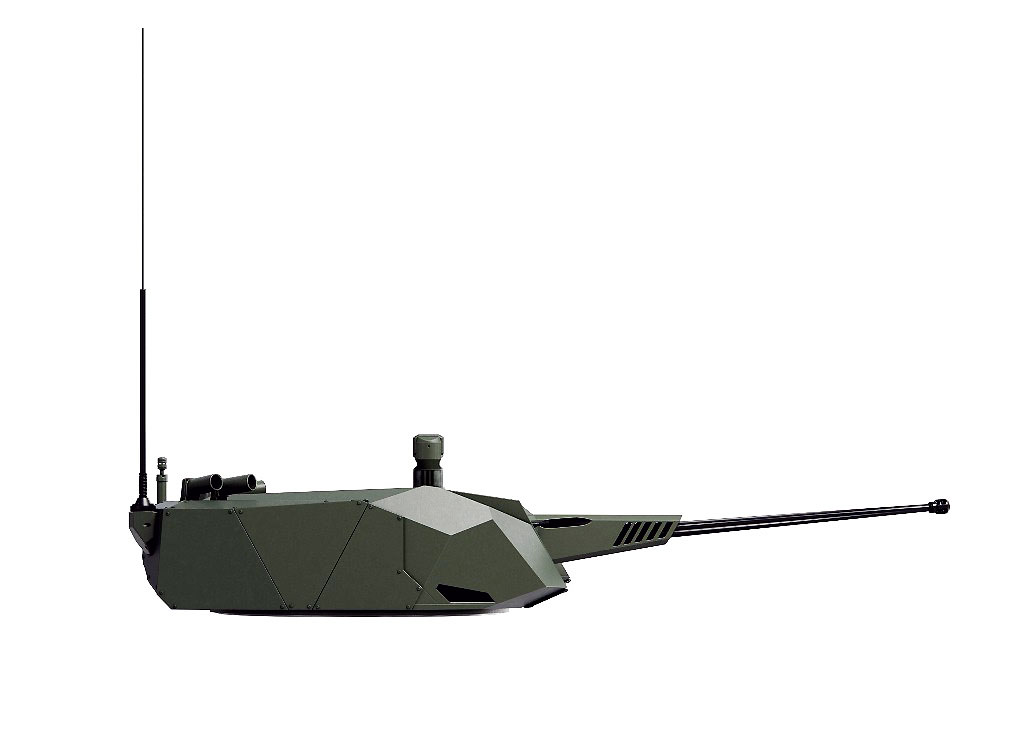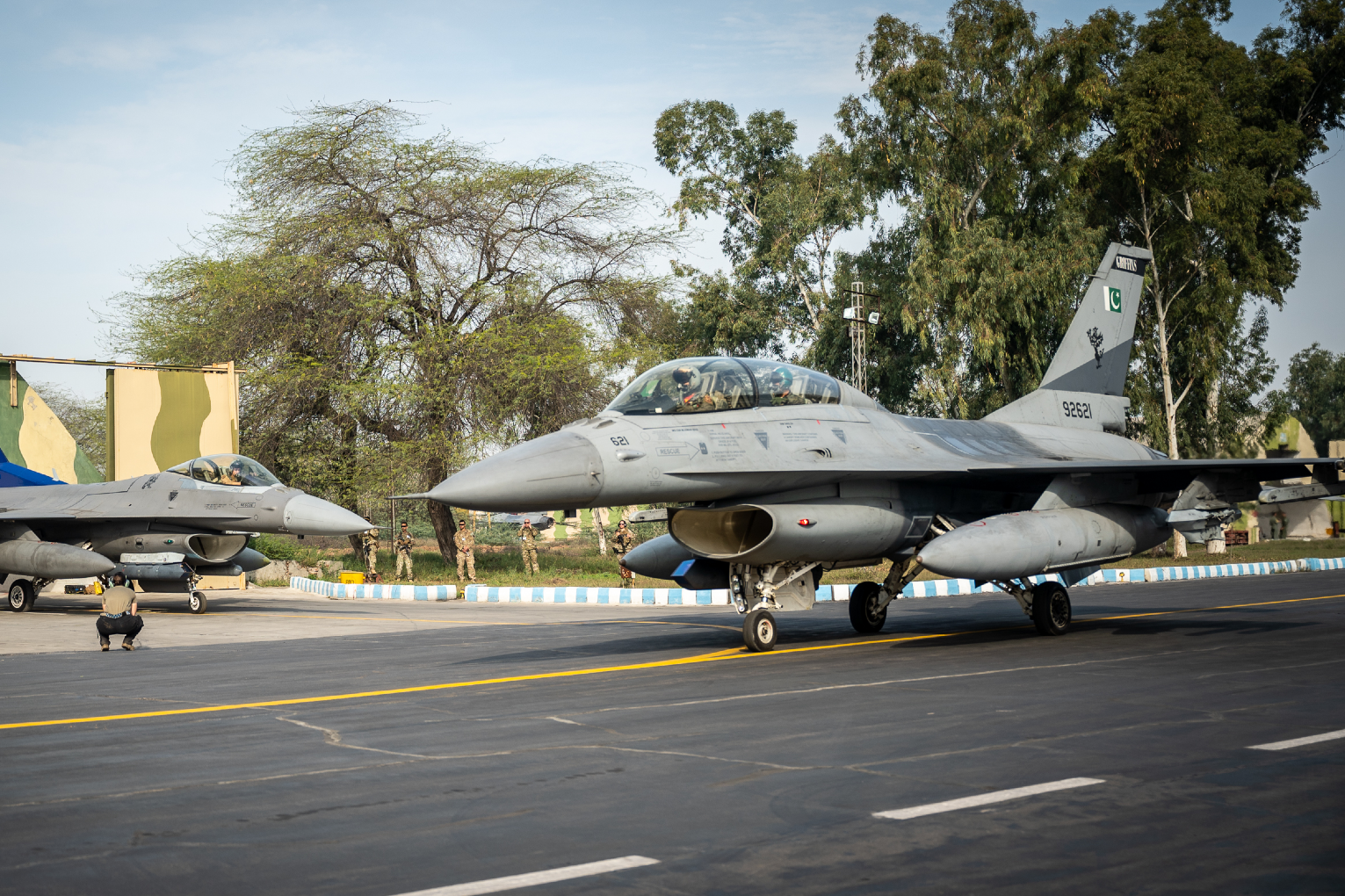Monthly Archives: March 2025
SOURCE: IDRW.ORG


India’s aerospace sector is buzzing with excitement, and at the heart of this momentum is DG Propulsion Private Limited (DPPL), a Delhi-based startup making waves with its indigenous jet engine technology. Prateek Dhawan, the company’s visionary Director, recently revealed ambitious plans to venture into the turbofan engine segment—a move that could redefine DPPL’s role in the global aviation landscape. Speaking about the company’s future, Dhawan emphasized that this leap hinges on securing investments within the next two to three years, a timeline that aligns with DPPL’s rapid rise following the success of its DG J40 jet engine.
DPPL has already carved a niche for itself with the DG J40, a micro-turbojet engine designed for unmanned aerial vehicles (UAVs) and defense applications. Boasting a thrust capacity of 40 kgf, the J40 has proven its mettle through rigorous testing, including a notable one-hour endurance run that exceeded expectations. This success has not only showcased India’s growing prowess in aerospace innovation but also put DPPL on the radar of investors, defense contractors, and industry watchers. Now, buoyed by this achievement, Dhawan sees an opportunity to take DPPL into the next frontier: turbofan engines.
Continue readingSOURCE: AFI


India’s quest for a robust and modern air force has gained significant momentum in recent years, driven by rising regional tensions and the need to counter sophisticated adversaries like China and Pakistan. With the United States recently signaling its willingness to offer the Lockheed Martin F-35 Lightning II to India, a unique opportunity has emerged for New Delhi to bolster its stealth capabilities. However, to maximize the strategic value of this potential acquisition, India could look to emulate Israel’s approach with its customized F-35I Adir variant. This article explores how India could procure F-35 jets tailored to its specific needs, akin to Israel’s model, and delves into what makes the F-35I Adir a standout among the global F-35 fleet.
Israel’s procurement of the F-35I Adir offers a compelling example of how a nation can adapt a foreign-built platform to align with its unique security requirements while maintaining operational independence. Unlike most F-35 operators, Israel negotiated significant concessions from the United States and Lockheed Martin, allowing it to integrate indigenous systems and establish a degree of self-reliance. This approach has made the F-35I Adir distinct from other variants, such as the standard F-35A, F-35B, and F-35C used by the U.S. and its allies.
Continue readingSOURCE: AFI


India’s next-generation air defense capabilities are poised for a critical test as the Akash-NG (New Generation) surface-to-air missile (SAM) prepares for high-altitude trials within the next two months. Under the watchful eyes of the Defence Research and Development Organisation (DRDO) and the Indian Army, these trials will push the system to its limits in rugged, mountainous terrain—likely along the northern borders—marking a significant step toward its operational deployment. With developmental testing nearing completion, the Akash-NG is on track to bolster India’s ability to counter advanced aerial threats, from fighter jets to drones, in challenging environments.
The Akash-NG, an advanced iteration of the indigenous Akash SAM system, has been in development since 2016, with a budget of ?470 crore (approximately $78 million in 2023 terms). Designed by DRDO’s Defence Research and Development Laboratory (DRDL) in Hyderabad, and produced by Bharat Dynamics Limited (BDL) and Bharat Electronics Limited (BEL), this missile promises enhanced lethality over its predecessors. Unlike the original Akash, which has a range of 25-30 kilometers and an altitude ceiling of 18 kilometers, the Akash-NG extends its reach to 70-80 kilometers, thanks to a dual-pulse solid rocket motor and a sleek, lightweight design.
Continue readingSOURCE: AFI


The Indian Space Research Organisation (ISRO) has embarked on an ambitious journey to revolutionize space travel with the development of a nuclear thermal rocket propulsion system, incorporating a cutting-edge 10 kW RF-powered plasma engine. This initiative, detailed in recent announcements, positions India at the forefront of advanced propulsion technologies, promising to unlock faster, more efficient interplanetary and deep-space missions.
With a specific impulse (Isp) ranging from 4,000 seconds at 300 mN thrust to an impressive 10,000 seconds at 120 mN, this engine leverages radio frequency (RF) excitation in helicon mode to generate plasma, offering unparalleled flexibility and scalability. Here’s a closer look at this groundbreaking endeavor and its potential to redefine India’s role in the cosmic frontier.
Continue readingSOURCE: AFI

In a provocative critique, Ashley Tellis, a former advisor to the U.S. Department of State and a senior fellow at the Carnegie Endowment for International Peace, has raised serious doubts about the operational effectiveness of the BrahMos supersonic cruise missiles recently acquired by the Philippines.
Speaking to India’s media outlet The Print in an article published on February 28, 2025, Tellis argued that while the $375 million deal marks a significant milestone in Philippines-India defence ties, the Southeast Asian nation lacks the critical infrastructure to fully leverage these advanced weapons. Without robust Command, Control, Communications, Computers, Intelligence, Surveillance, and Reconnaissance (C4ISR) capabilities, he warned, the BrahMos missiles risk being reduced to a symbolic gesture rather than a transformative military asset.
Continue readingSOURCE: AFI

In a major boost to India’s defence export ambitions, Solar Industries India Limited, a Nagpur-based explosives and ammunition manufacturer, announced on February 28, 2025, that it, along with its subsidiary, has secured export orders worth ?2,150 crore for the supply of defence products.
Solar Industries India Limited, renowned for its expertise in explosives, propellants, and ammunition systems, revealed that the orders encompass a range of defence products, though specific details about the items and the recipient countries remain undisclosed due to strategic sensitivities. The company, along with its subsidiary Economic Explosives Limited (EEL), will collaborate to fulfill the contract, leveraging their combined manufacturing capabilities and technological prowess.
Continue readingSOURCE: RAUNAK KUNDE / NEWS BEAT / IDRW.ORG


The Defence Research and Development Organisation (DRDO) has taken a significant step forward in enhancing India’s artillery capabilities with the public unveiling of the first model of the Pinaka III Multi-Barrel Rocket Launcher (MBRL) rocket, boasting an impressive range of 120 kilometers at the Defence exhibition at Gachibowli stadium, Hyderabad. Positioned alongside the older variants during the display, the Pinaka III’s visibly larger profile hints at a 300mm diameter, a substantial increase from the 214mm caliber of earlier models, signaling a new era of long-range precision for the Indian Army.
The Pinaka III’s debut alongside the Pinaka and Guided Pinaka rockets offers a striking visual contrast. While the Pinaka Mk-I (40 km range), Mk-II (60-90 km), and Guided Pinaka (75-90 km) rely on a 214mm diameter, the Pinaka III’s broader girth—estimated at 300mm based on its appearance—underscores its enhanced capabilities.
Continue readingSOURCE: RAUNAK KUNDE / NEWS BEAT / IDRW.ORG


Baba Kalyani, Chairman and Managing Director of Bharat Forge, and his son Amit Kalyani, Deputy Managing Director, have announced a significant breakthrough in India’s indigenous defense manufacturing landscape. The company’s defense arm, Kalyani Strategic Systems Ltd. (KSSL), has developed a modular turret equipped with a 30mm gun, designed specifically for the Indian Army’s ambitious Futuristic Infantry Combat Vehicle (FICV) program.
Having completed its initial rounds of trials with promising results, this turret—crafted from welded ballistic aluminum and offering scalable protection—positions Bharat Forge as a frontrunner in India’s push for self-reliant military technology. The Kalyanis’ confirmation underscores their vision to deliver cutting-edge solutions tailored to modern battlefield needs.
Continue readingSOURCE: RAUNAK KUNDE / NEWS BEAT / IDRW.ORG


In a bold step toward revolutionizing aerospace technology for military applications, the Defence Bio-Engineering & Electromedical Laboratory (DEBEL), a premier laboratory under India’s Defence Research and Development Organisation (DRDO), has issued an Expression of Interest (EoI) inviting proposals for the “Development of Advanced Wearable Body Controlled Flight System.
” Announced in early 2025, this initiative signals DEBEL’s intent to harness cutting-edge bioengineering and electromedical innovations to create a futuristic flight system that could redefine how Indian armed forces operate in the skies. With its focus on wearable, body-controlled technology, the project promises to blend human biomechanics with advanced avionics, potentially transforming aerial missions and pilot interfaces.
Continue readingSOURCE: AFI


The Philippines is poised to deepen its defense partnership with India, expressing keen interest in acquiring the Akash Air Defence System after the successful induction of the BrahMos supersonic cruise missile in 2022. This development, reported widely in early 2025, signals Manila’s intent to bolster its military capabilities amid escalating tensions with China in the South China Sea. The potential deal, valued at over $200 million, could mark India’s second major defense export to the Philippines, reinforcing bilateral ties and India’s growing stature as a global arms supplier.
The Philippines’ interest in the Akash system follows the landmark $375 million BrahMos deal, India’s largest-ever defense export, finalized in January 2022. The BrahMos, a supersonic anti-ship and land-attack cruise missile jointly developed by India and Russia, has already enhanced the Philippine Marine Corps’ coastal defense capabilities, with deliveries commencing in April 2024. Deployed along the country’s western seaboard, the BrahMos provides Manila with a credible deterrent against maritime incursions, particularly in the contested West Philippine Sea.
Continue readingSOURCE: AFI


In a significant advancement for India’s indigenous unmanned aerial vehicle (UAV) program, the Defence Research and Development Organisation’s (DRDO) Aeronautical Development Establishment (ADE) has successfully completed engine ground runs and taxi trials for two prototypes of the Archer-NG (Next Generation) armed UAV. The milestone, achieved in early February 2025, paves the way for the UAV’s highly anticipated first flight, expected within the next month. This development marks a crucial step toward bolstering India’s capabilities in aerial reconnaissance and precision strike missions.
The Archer-NG, an advanced iteration of the earlier Rustom series, is being developed by ADE in Bengaluru as a Medium Altitude Long Endurance (MALE) UAV designed for both surveillance and combat roles. With a focus on enhancing India’s self-reliance in defense technology, the Archer-NG promises superior performance over its predecessors, featuring stealth characteristics, an increased operational ceiling, and the ability to carry precision-guided munitions.
Continue readingSOURCE: AFI


The Pakistan Air Force (PAF) has long relied on its fleet of U.S.-supplied F-16 fighter jets as a cornerstone of its aerial combat capabilities. These advanced aircraft, however, come with stringent operational restrictions imposed by the United States, including their confinement to designated airbases. This arrangement, rooted in decades of U.S.-Pakistan military cooperation, has gained renewed attention following recent developments, such as the approval of a $397 million package by U.S. President Donald Trump in February 2025 to sustain and monitor Pakistan’s F-16 fleet. T
his article explores how Pakistani F-16s are operated out of designated operational airbases, the mechanisms ensuring compliance, and the implications for regional security, particularly in the context of India-Pakistan tensions exemplified by the 2019 Balakot airstrike.
Continue readingSOURCE: AFI


In a significant step toward bolstering maritime security in the Indian Ocean Region (IOR), India formally handed over the Indian Coast Guard Interceptor Boat C-449 to the Seychelles Coast Guard on February 26, 2025. The vessel, now commissioned as Patrol Boat (PB) Boudeuse, was presented during a ceremony presided over by Seychelles President Wavel Ramkalawan, underscoring the deepening defense partnership between the two nations. This handover marks the fifth Made-in-India patrol boat gifted to Seychelles, reinforcing India’s commitment to its “Security and Growth for All in the Region” (SAGAR) vision, championed by Prime Minister Narendra Modi.
The event, held at the Seychelles Coast Guard base on Île Perseverance, highlighted the strong bilateral ties between India and Seychelles, a strategically located archipelago in the western Indian Ocean. The PB Boudeuse, an advanced interceptor craft designed for coastal defense and surveillance, enhances Seychelles’ ability to patrol its vast Exclusive Economic Zone (EEZ) and tackle emerging threats such as piracy, illegal fishing, and drug trafficking. With a top speed exceeding 45 knots and a robust design tailored for rapid response, the vessel is a valuable addition to the Seychelles Coast Guard’s fleet.
Continue reading